From the spoon to the city: the design of Gianfranco Frattini
‘Gianfranco Frattini. Design 1955/2003’ is a new book chronicling the architect and designer’s work as well as his concept of designing ‘from the spoon to the city’

Gianfranco Frattini. Design 1955/2003 is a new book celebrating the life and work of the Italian architect and designer. The book was presented at Milan's ADI Design Museum, where Frattini was a founding member, and follows a retrospective held in 2023 at Palazzo Arese Borromeo in Cesano Maderno (near Milan).
‘Gianfranco Frattini. Design 1955/2003’

Gianfranco Frattini (1926 – 2004) was an architect and designer whose interests and design sensibilities ranged from textile research to domestic interiors, craftsmanship, and industrial design. The book helps to rediscover his production as well as his personal approach to design. ‘It’s a tendency towards discretion, to not show off and to be a part of contemporary life with savoir-faire. Frattini's work exemplifies this attitude,' says Luciano Galimberti, president of ADI.
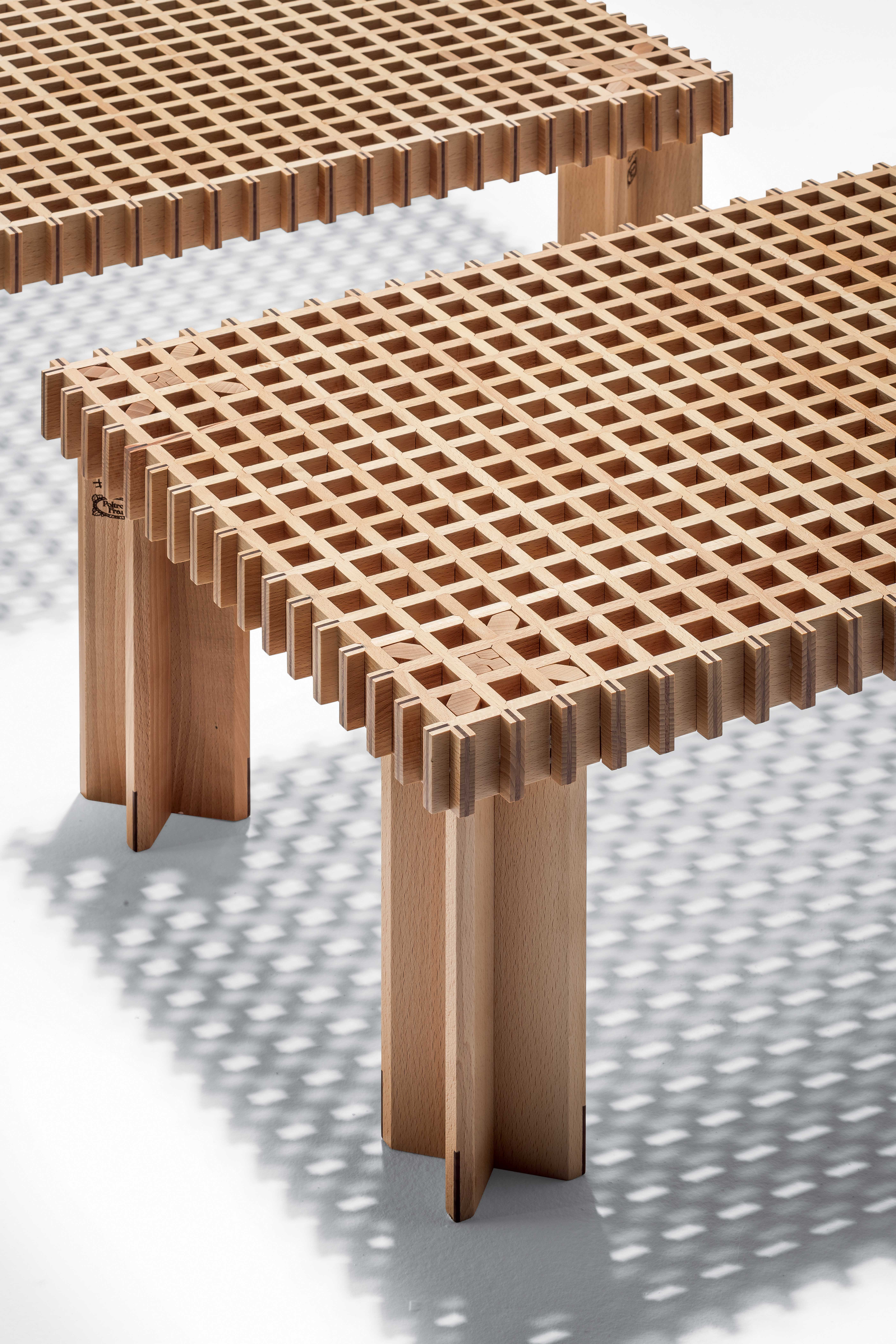
‘Kyoto table’, created with Pierluigi Ghianda and produced by Poltrona Frau
The volume is enriched by product sheets that describe furnishings and projects in great detail, and the iconographic apparatus reveals original sketches and drawings of architectural projects, photographs of archive pieces, and images from the exhibition.
Among them is the helmet designed for industrial giant Montecatini in 1963, one of the first workplace health-and-safety products produced in Italy: yellow to be visible in large production sites, it was made of plastic rather than metal, a material used until then but difficult to wear for long periods of time. The book is also filled with his most admired pieces: the refined play of resistant joints of the ‘Kyoto’ table, created with the master of wood craftsmanship Pierluigi Ghianda and produced by Poltrona Frau in 1974.

A spread from the book showing the ‘Sesann’ sofa, released by Cassina in 1970 and reissued by Tacchini in 2015, and the ‘Dalles’ table, also designed for Cassina in 1968
He was known for practising the concept of designing ‘from the spoon to the city’, moving between projects with fluidity and dedication, as explained by the book’s editor Emanuela Frattini Magnusson, who is Frattini’s daughter and an architect and designer herself. ‘What we wanted to express through the exhibition and the book is my father's ability to apply design as a mental process on all scales.’
It is part of his biography: as a student, he worked in Gio Ponti's studio for a few years before establishing his own. There, he met Cesare Cassina, with whom he worked, as well as the renowned fabric designer and weaver Jole Gandolini, with whom he began a lifelong collaboration. But during his career, he designed also for Acerbis, ArteLuce, Artemide, Bernini, Fantoni, Knoll, Lema, Luci, and many more.
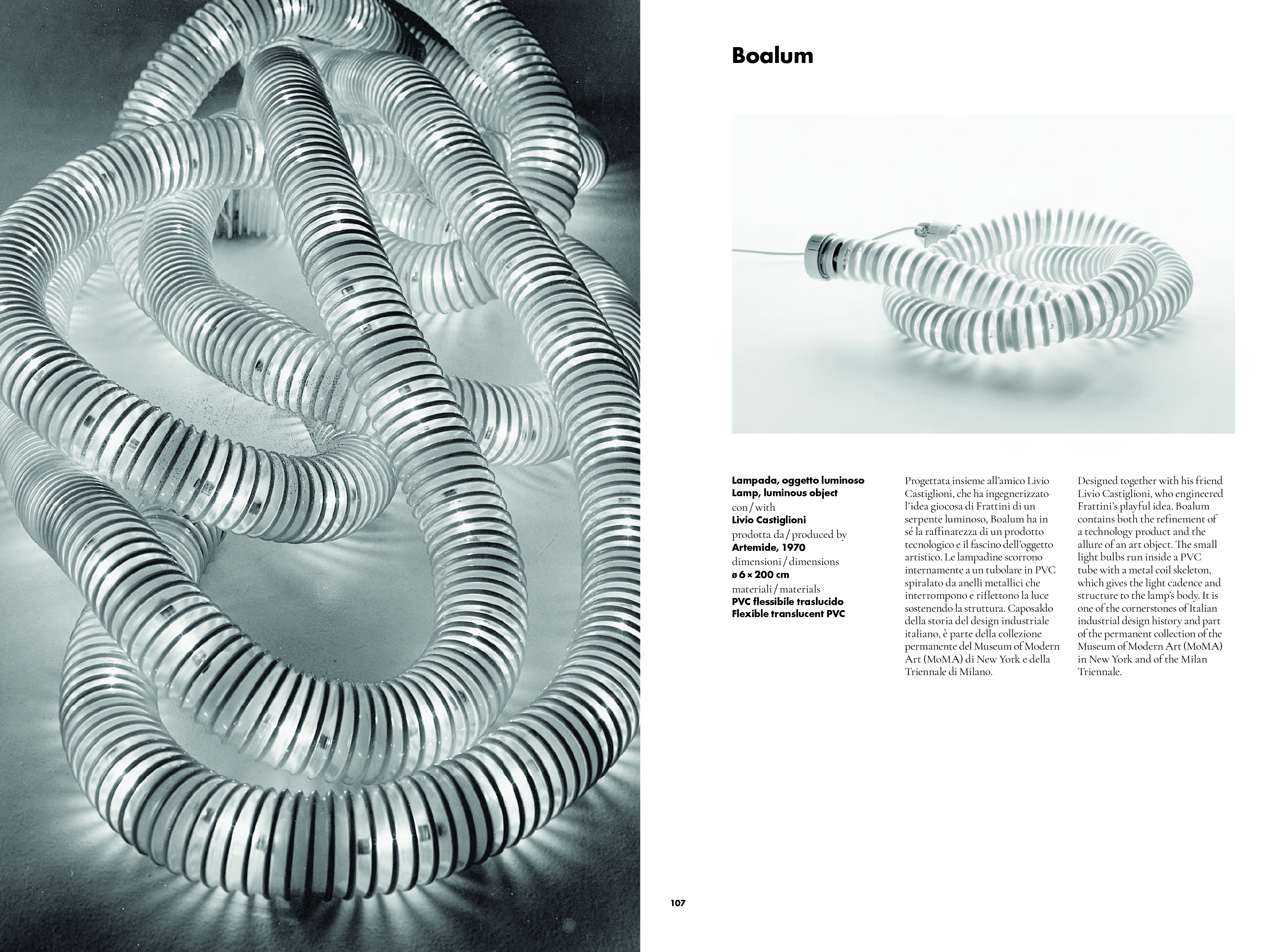
‘Boalum Lampada’, designed together with Frattini’s friend Livio Castiglioni and produced by Artemide in 1970
The book features designs that are no longer in production, those that are still in production, and various re-editions. Highlights include the playful ‘Boalum Lampada’, designed together with Frattini’s friend Livio Castiglioni and produced by Artemide in 1970: the two had the idea while working at a hotel in Anacapri, and noticed the attendants cleaning the swimming pool with a long vacuum hose.
Receive our daily digest of inspiration, escapism and design stories from around the world direct to your inbox.
Then there’s the ‘Sesann’ sofa (meaning 'six years' in Milanese dialect), released by Cassina in 1970 and reissued by Tacchini in 2015, its name referring to the time period since Frattini's previous collaboration with Cassina.
Also emblematic is the CPF apartment in Bergamo, designed in 1956, with a circular heavy curtain delimiting the area of conversation within the large living space, creating a room within a room.

A residential interior in Milan, designed by Frattini in 1957
As his approach was to practise design as a mental process that could be applied to all scales, from the urban realm to objects and decoration, the relationship between his projects' materials and craftmanship was critical. Recalls Frattini Magnusson: 'He used to say that “as a designer, I started out in the workshop”.‘
Gianfranco Frattini Design: 1955/2003 is published by Silvana Editoriale.
Cristina Kiran Piotti is an Italian-Indian freelance journalist. After completing her studies in journalism in Milan, she pursued a master's degree in the economic relations between Italy and India at the Ca' Foscari Challenge School in Venice. She splits her time between Milan and Mumbai and, since 2008, she has concentrated her work mostly on design, current affairs, and culture stories, often drawing on her enduring passion for geopolitics. She writes for several publications in both English and Italian, and she is a consultant for communication firms and publishing houses.
-
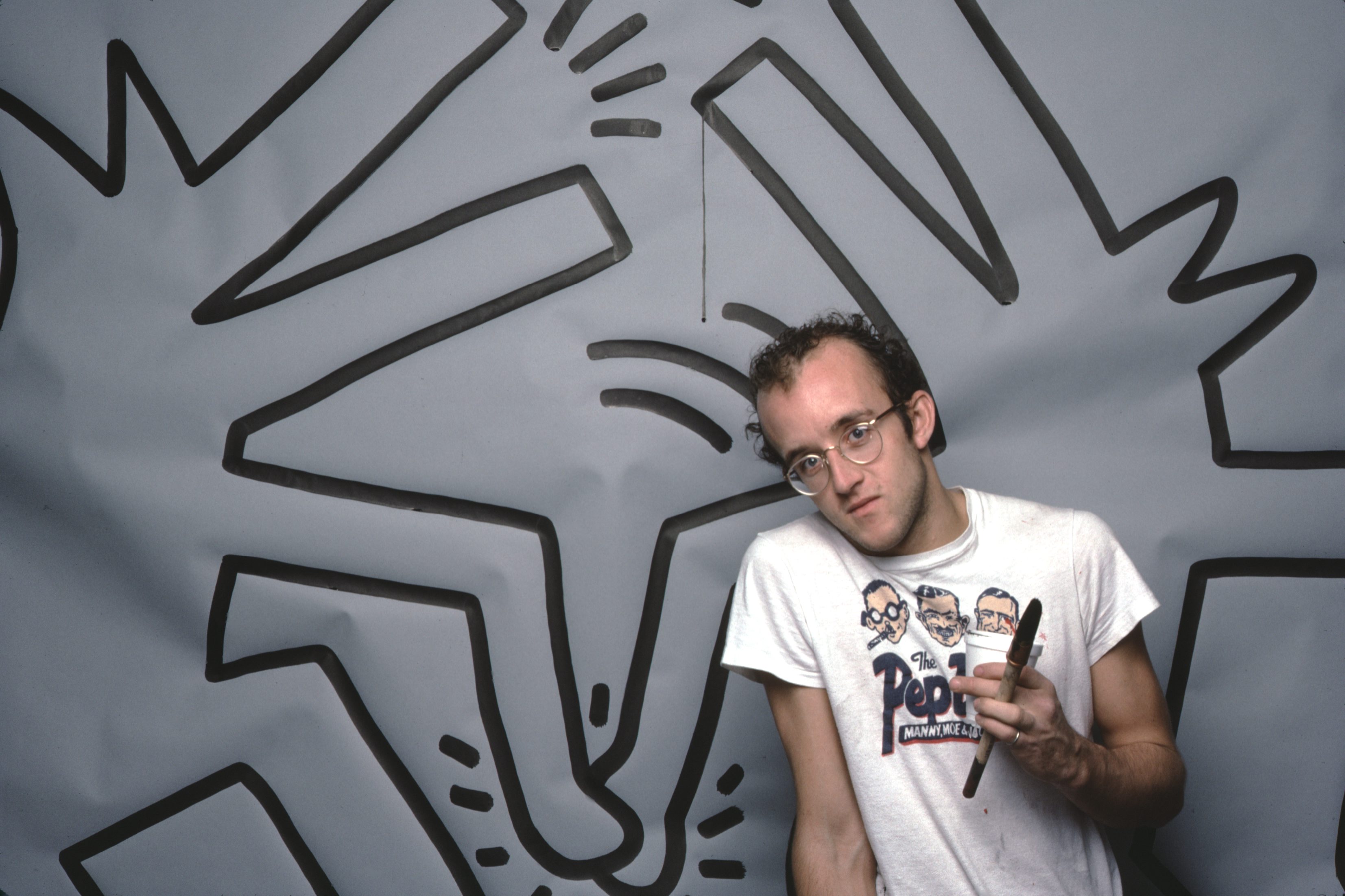 Modern masters: the ultimate guide to Keith Haring
Modern masters: the ultimate guide to Keith HaringKeith Haring's bold visual identity brought visibility to the marginalised
-
 Discover a hidden culinary gem in Melbourne
Discover a hidden culinary gem in MelbourneTucked away in a central Melbourne park, wunderkind chef Hugh Allen’s first solo restaurant, Yiaga, takes diners on a journey of discovery
-
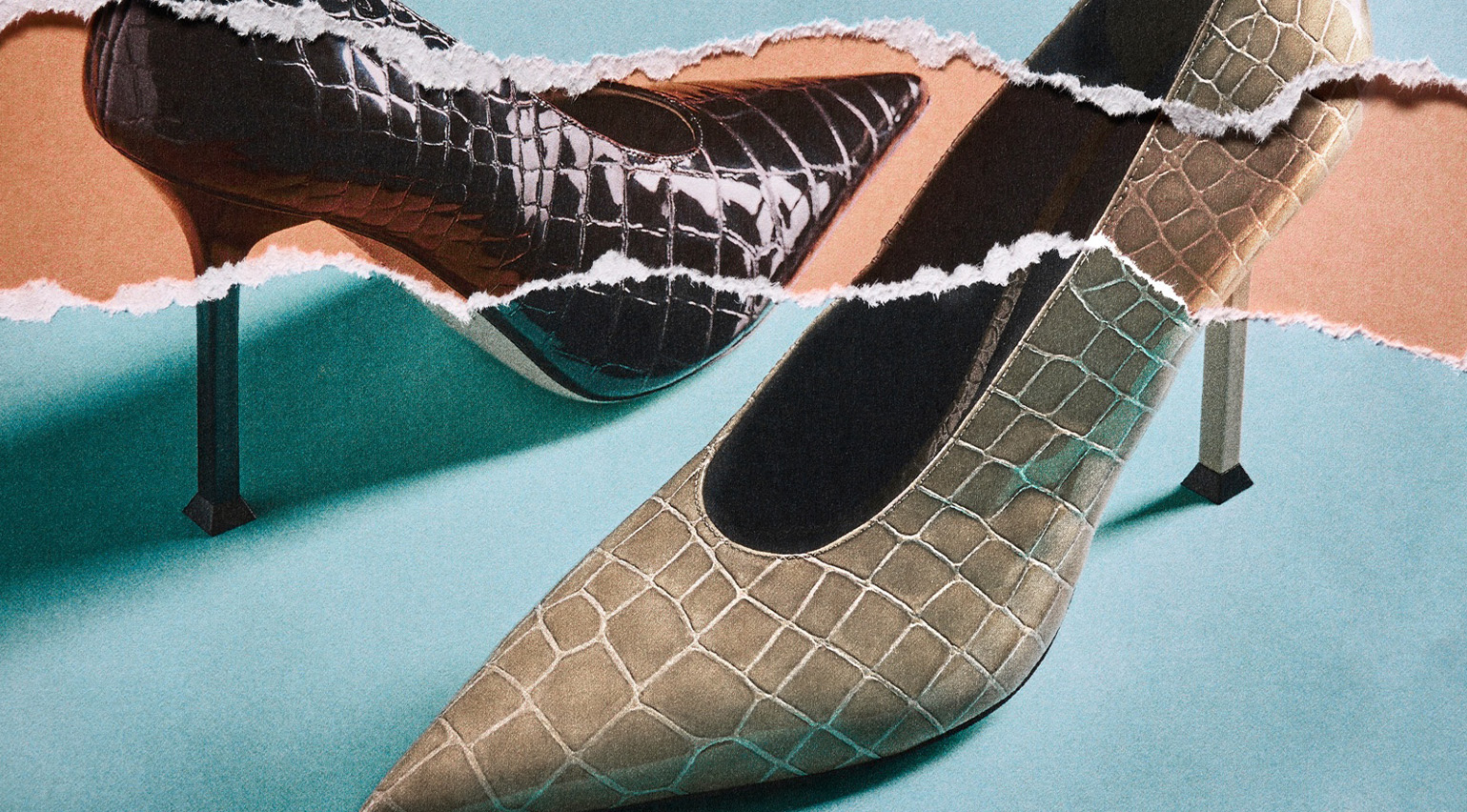 Nina Christen is the designer behind fashion’s favourite – and most playful – shoes
Nina Christen is the designer behind fashion’s favourite – and most playful – shoesShe’s created viral shoes for Loewe and Dior. Now, the Swiss designer is striking out with her own label, Christen
-
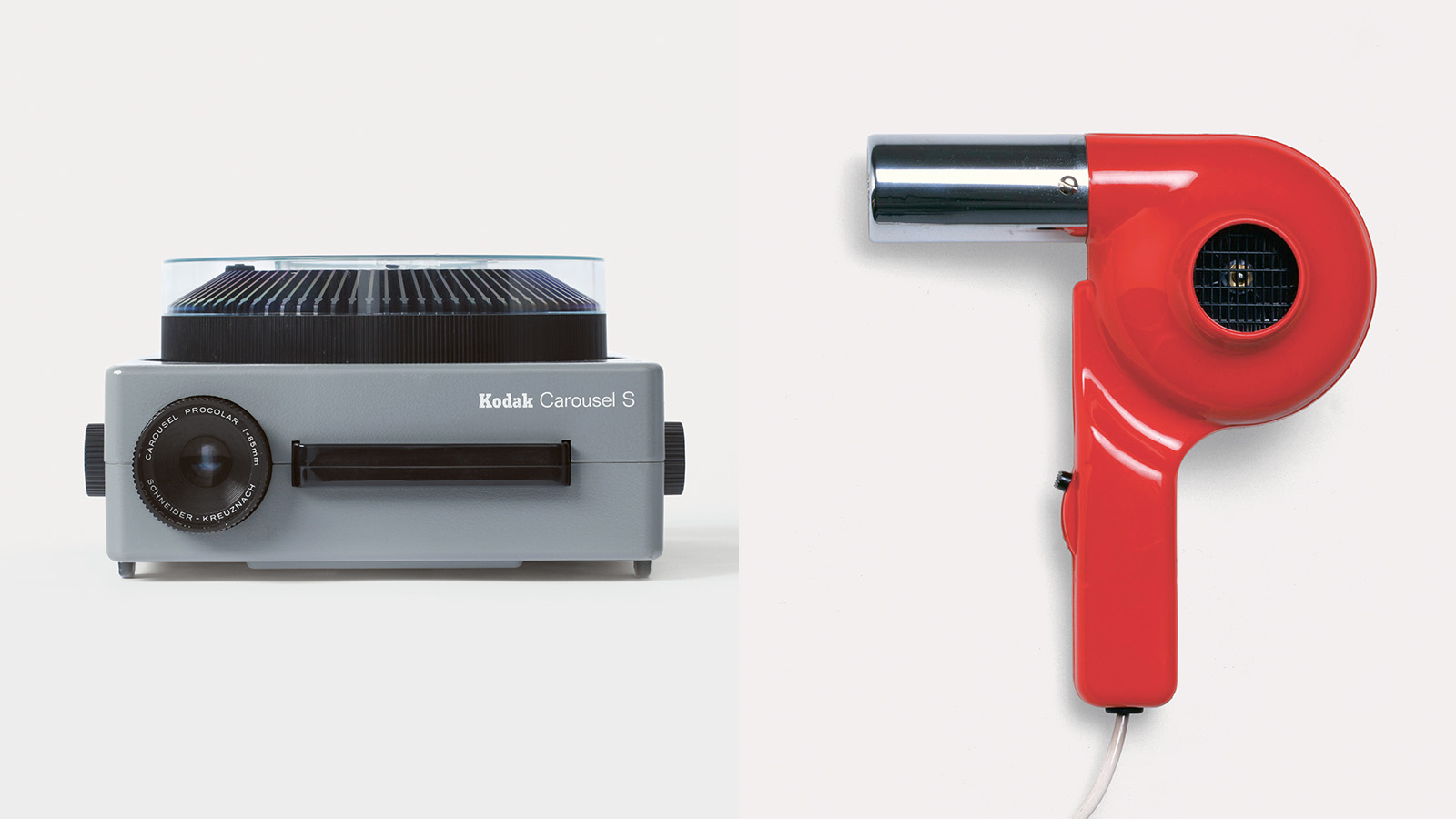 Masters of midcentury modern design and their creations spotlighted in new book
Masters of midcentury modern design and their creations spotlighted in new book‘Mid-Century Modern Designers’ is a new book from Phaidon celebrating those who shaped the period and their notable creations, from furniture to objects
-
 Rooms with a view: a new book celebrates the Italian approach to interior design
Rooms with a view: a new book celebrates the Italian approach to interior designLaura May Todd's survey of Italian interiors is the perfect antidote to January gloom, taking a look inside 50 distinctive Italian homes
-
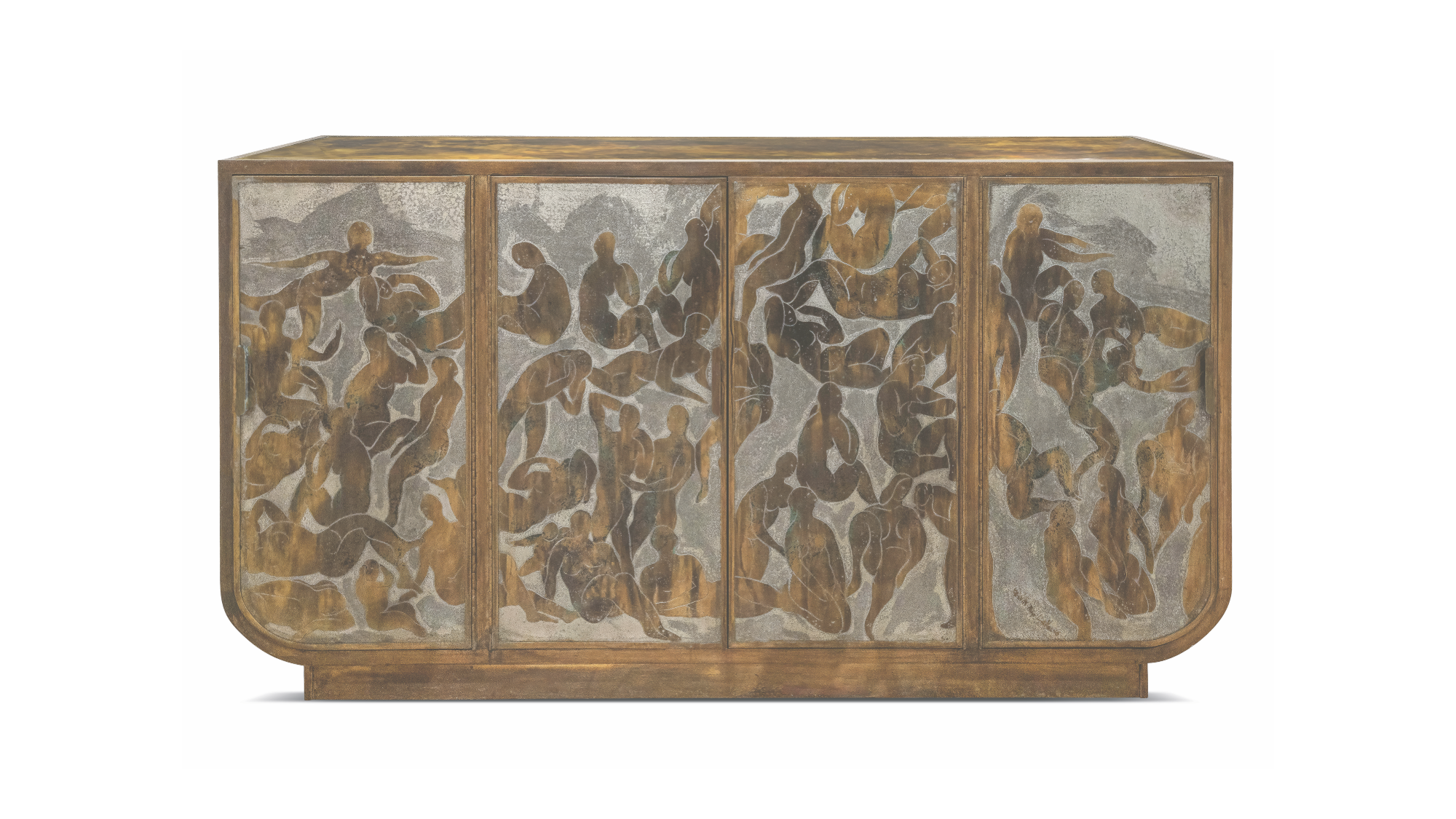 Discover the alchemy of American artists Philip and Kelvin LaVerne
Discover the alchemy of American artists Philip and Kelvin LaVerneThe work of Philip and Kelvin LaVerne, prized by collectors of 20th-century American art, is the subject of a new book by gallerist Evan Lobel; he tells us more
-
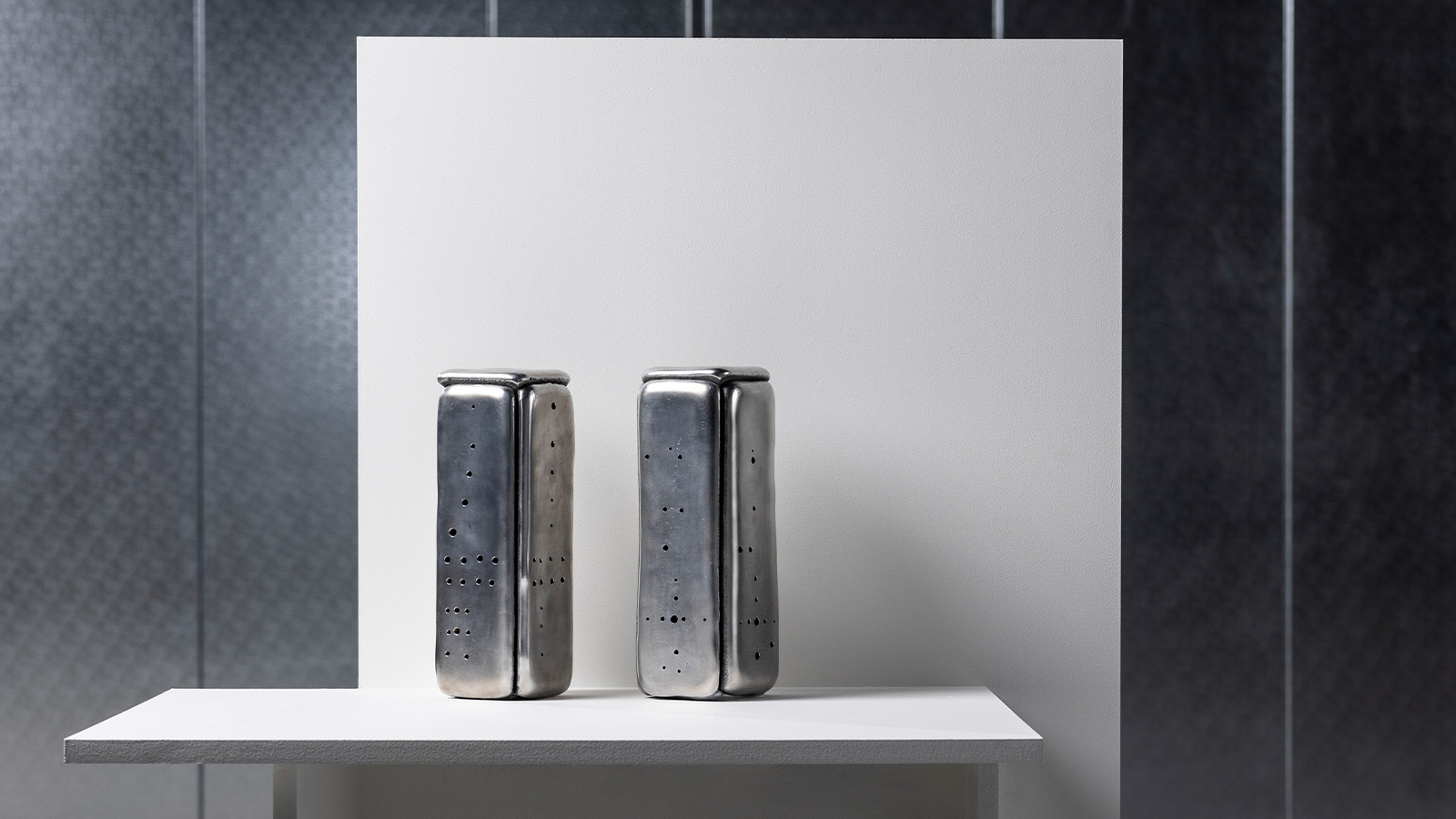 20 pairs of bookends celebrate contemporary Scottish design and Dundee’s literary heritage
20 pairs of bookends celebrate contemporary Scottish design and Dundee’s literary heritageAs Dundee Design Week gets ready for its fifth edition, a bookish commission shines a light on two pioneering female journalists from the city’s storied past
-
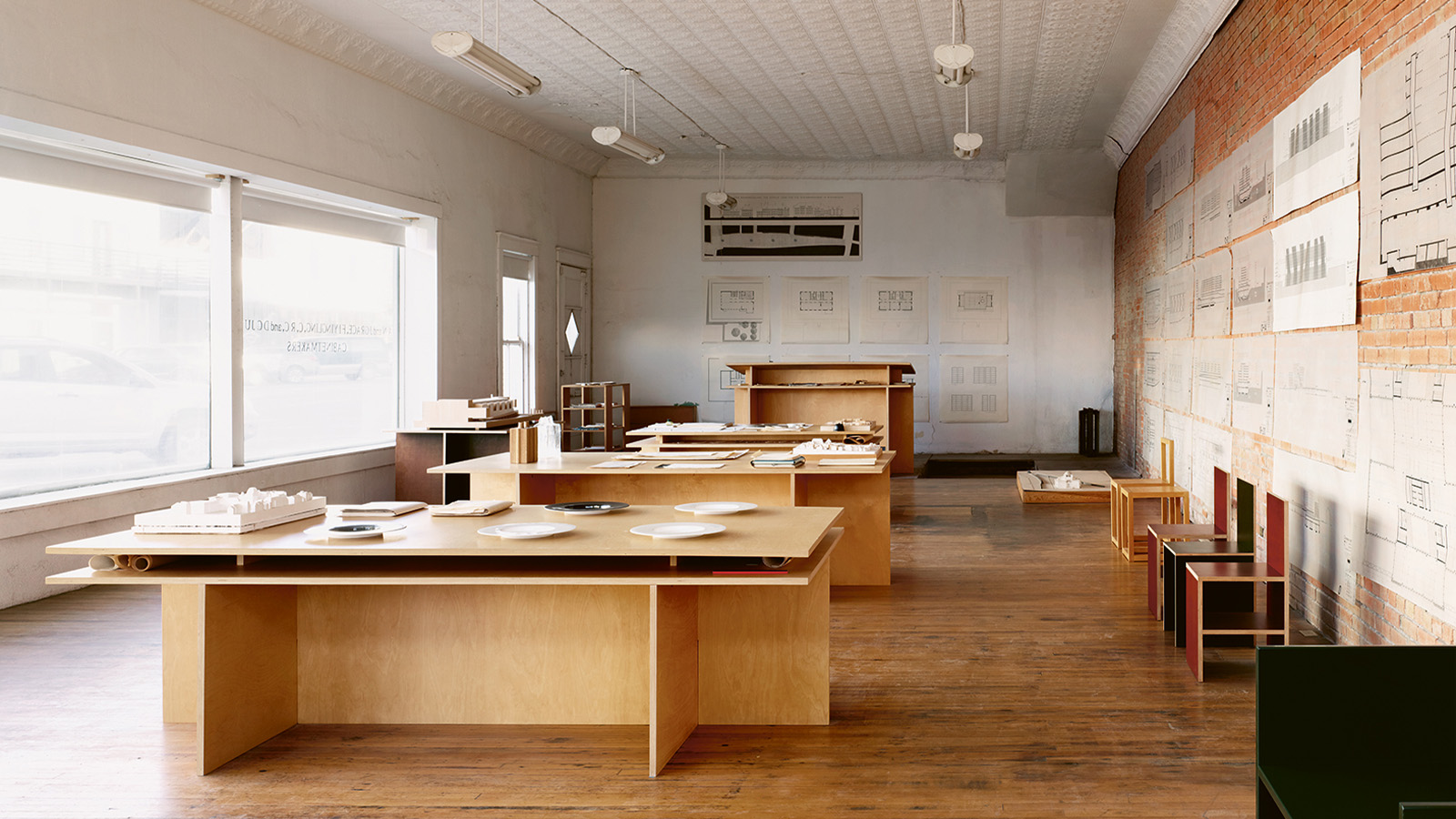 ‘You’ve got to hang out with Judd furniture… you learn something’: Rainer Judd
‘You’ve got to hang out with Judd furniture… you learn something’: Rainer JuddAs new book ‘Donald Judd Furniture’ lands, the artist’s children Rainer and Flavin discuss their father’s legacy
-
 Discover London’s lesser-known design gems with ‘an opinionated guide’
Discover London’s lesser-known design gems with ‘an opinionated guide’‘An opinionated guide to Design London’ by Sujata Burman and Wallpaper’s Rosa Bertoli is a carefully curated tour of intriguing design spots across the capital
-
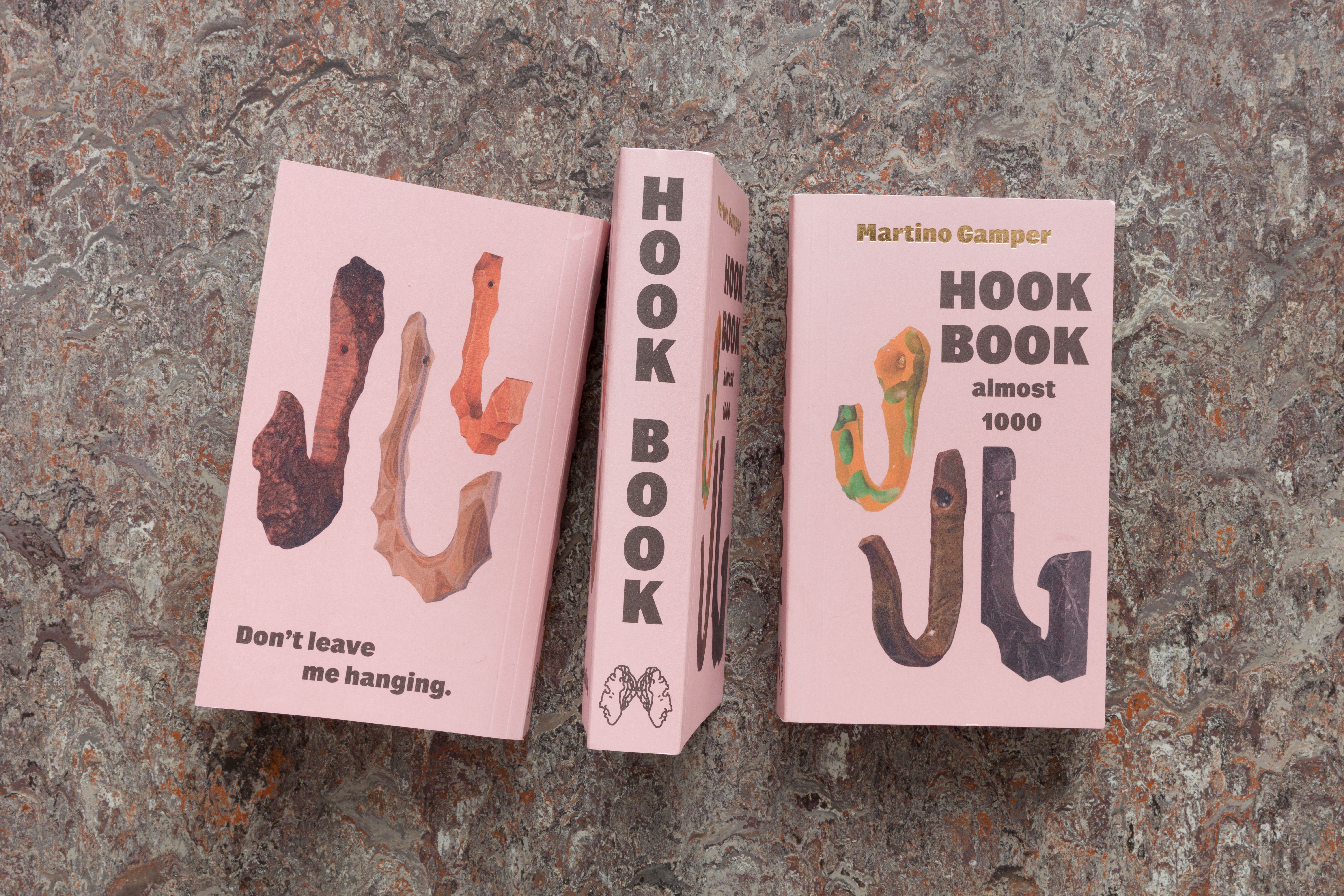 Well hung? We interview Martino Gamper about his new book of (around) 1,000 hooks
Well hung? We interview Martino Gamper about his new book of (around) 1,000 hooksItalian maverick designer Martino Gamper doesn't hang around. He has a new book featuring 1,000 hooks made by hand. We ask him how and why...
-
 New Louis Poulsen book explores the Danish lighting company's illuminating world
New Louis Poulsen book explores the Danish lighting company's illuminating worldLouis Poulsen: First House of Light, published by Phaidon, is a new design book delving into the Danish company's world of radiant lighting